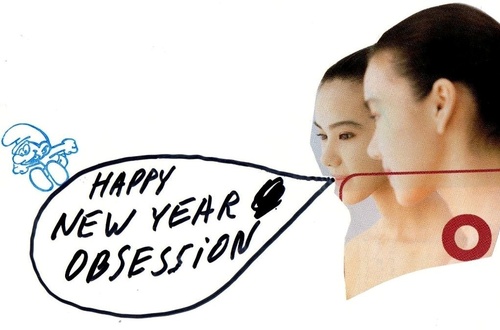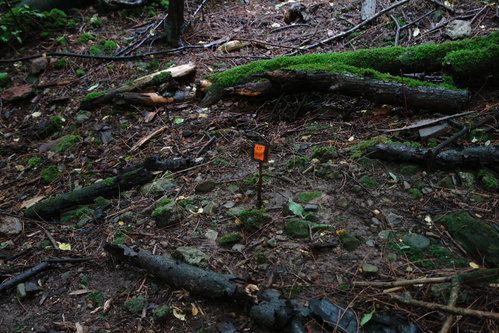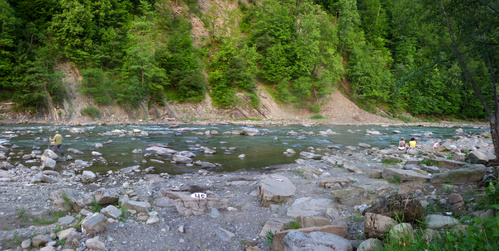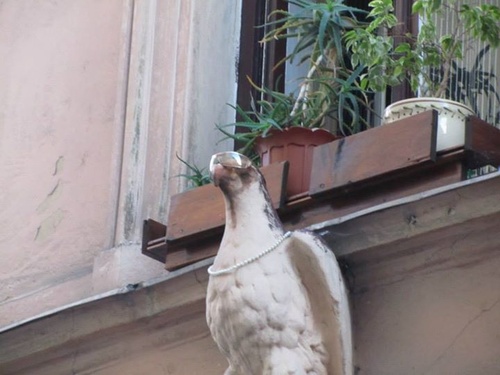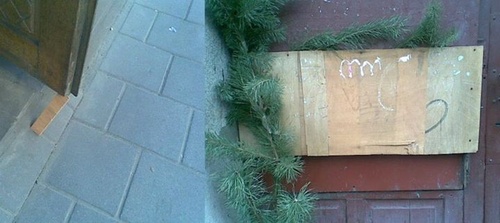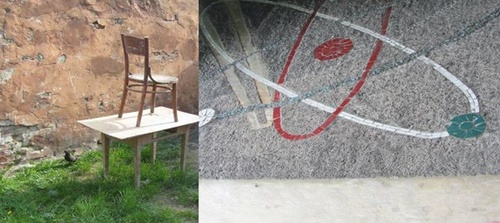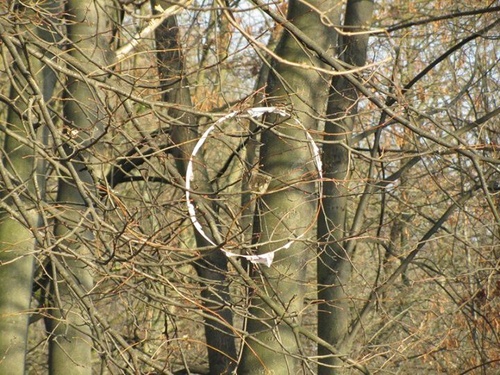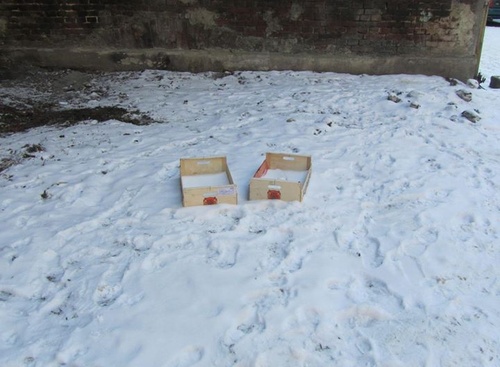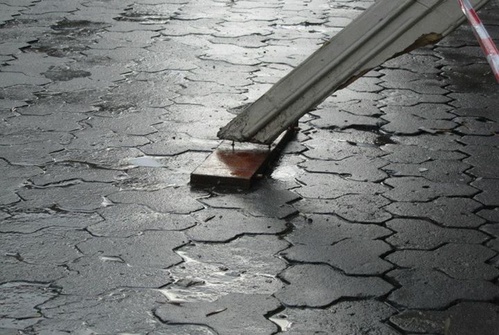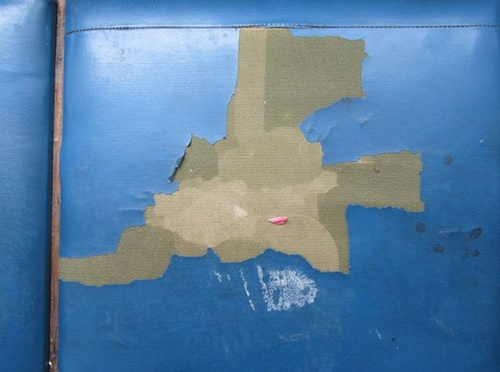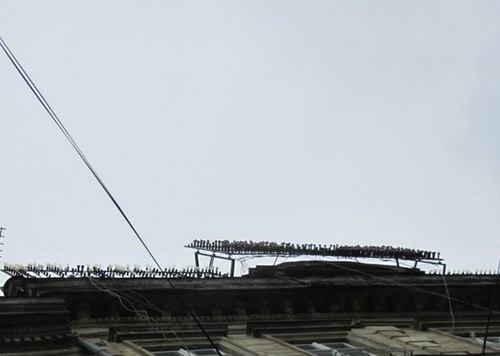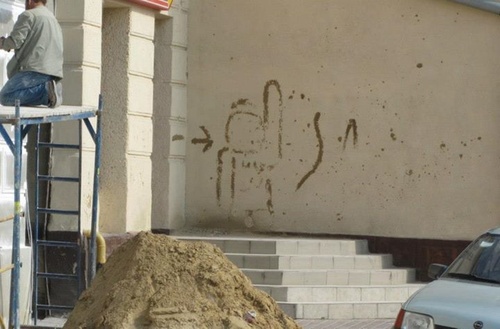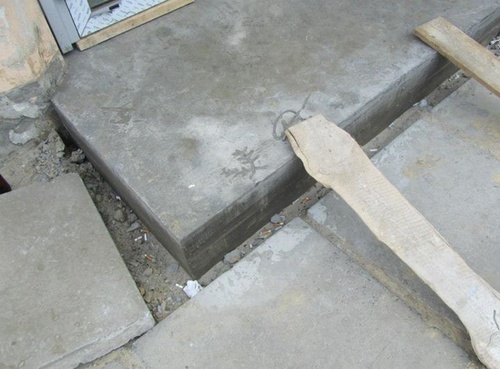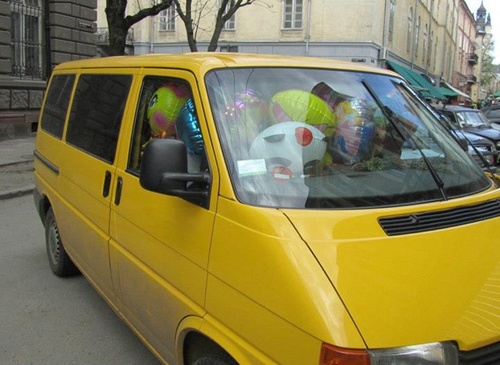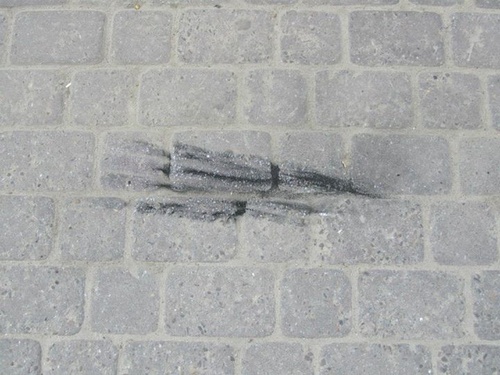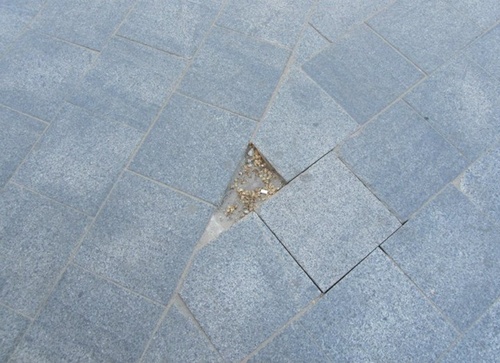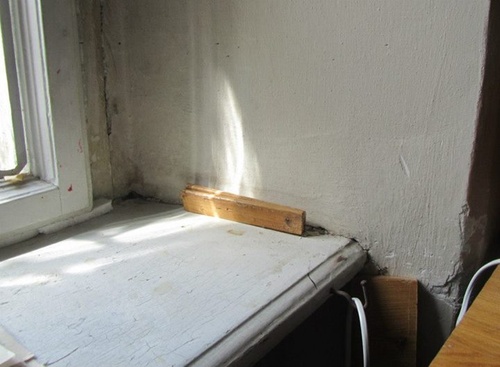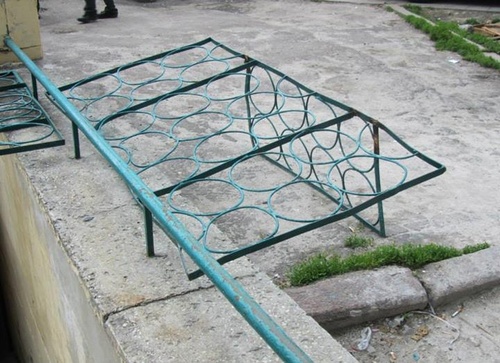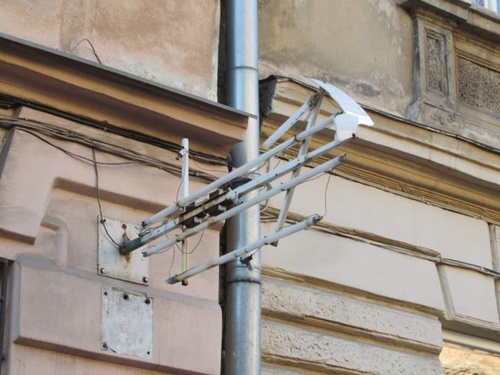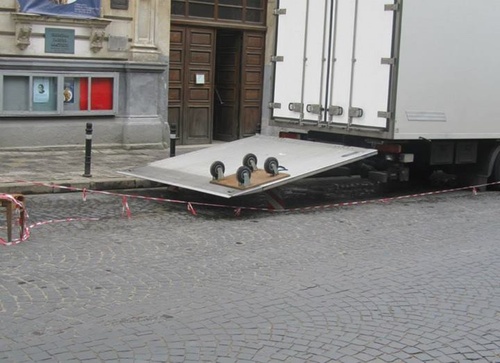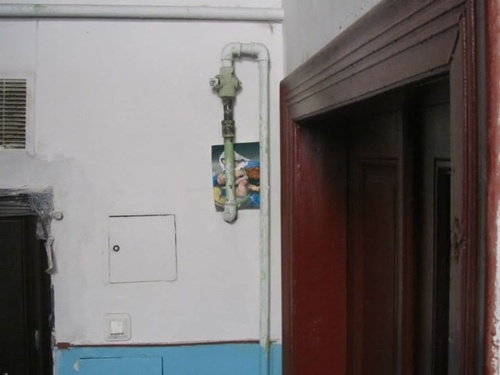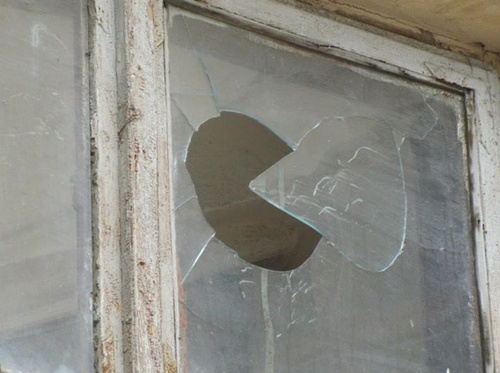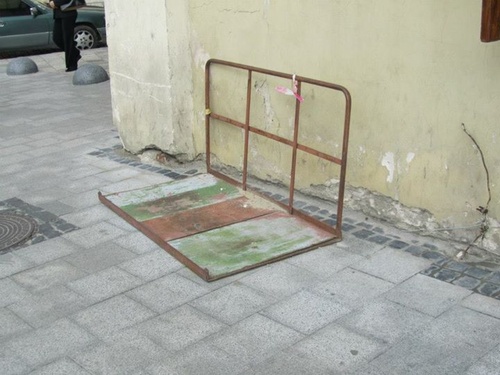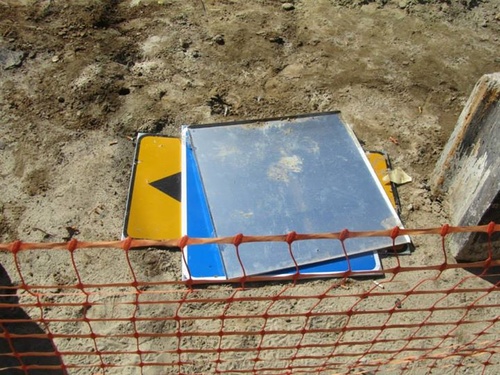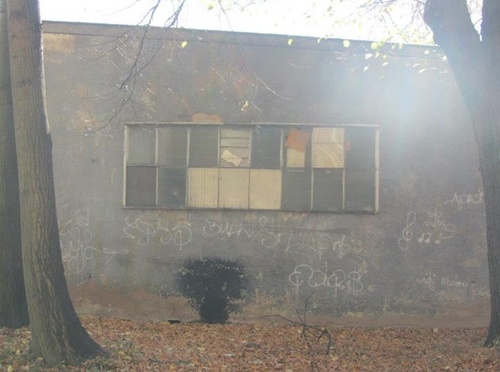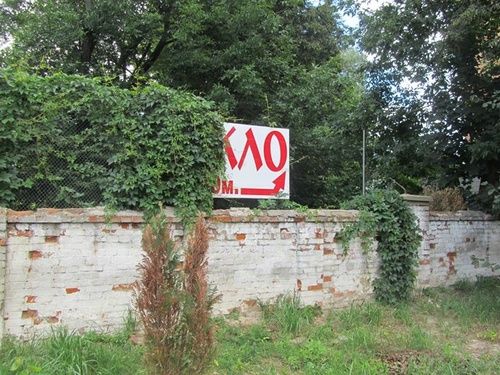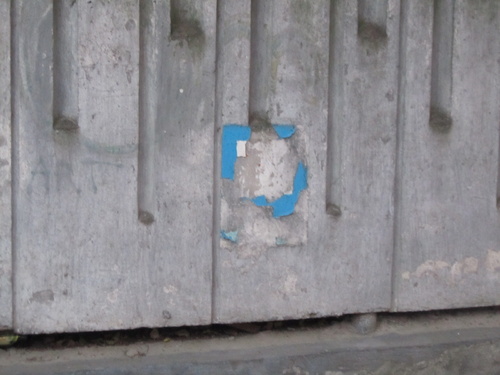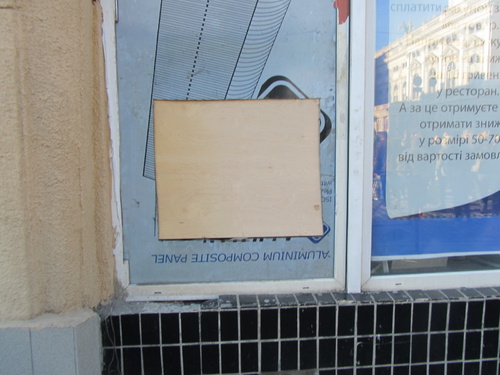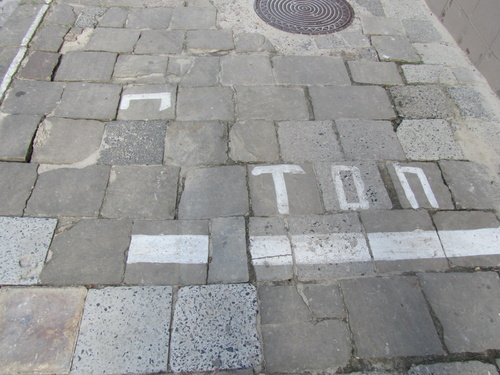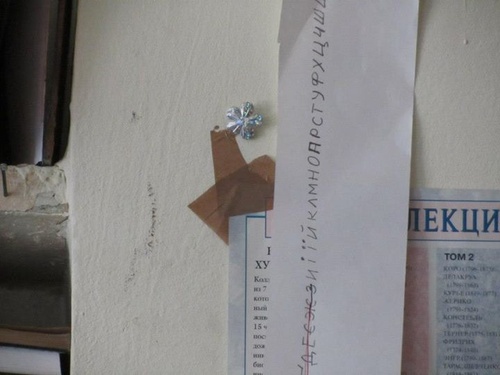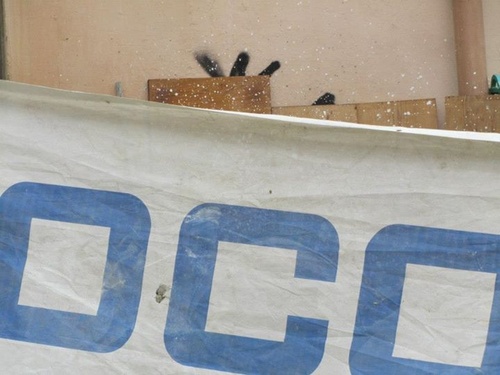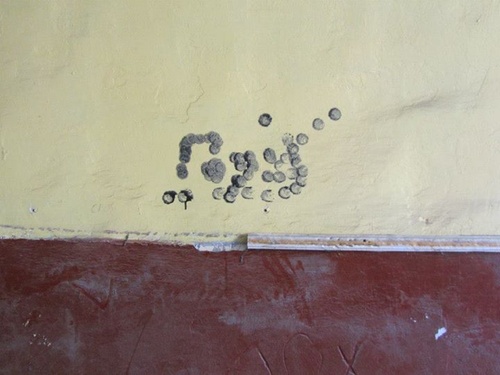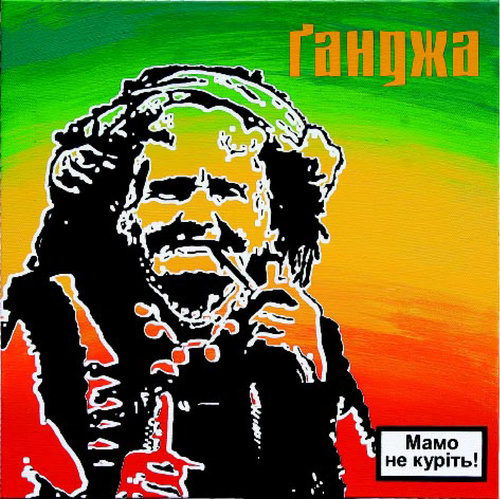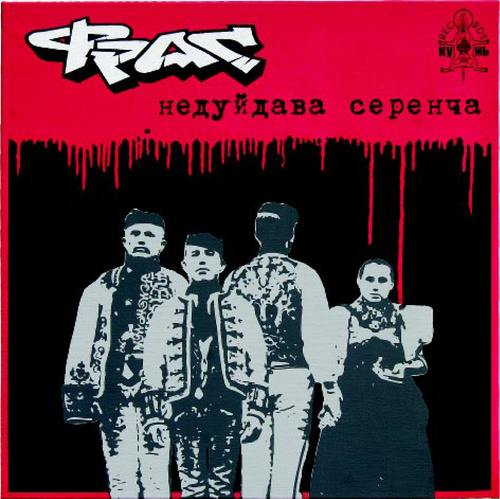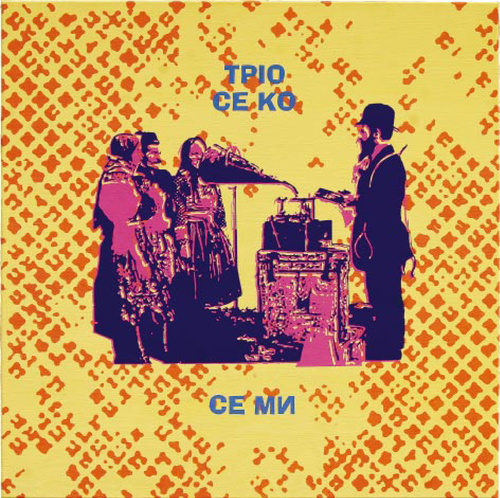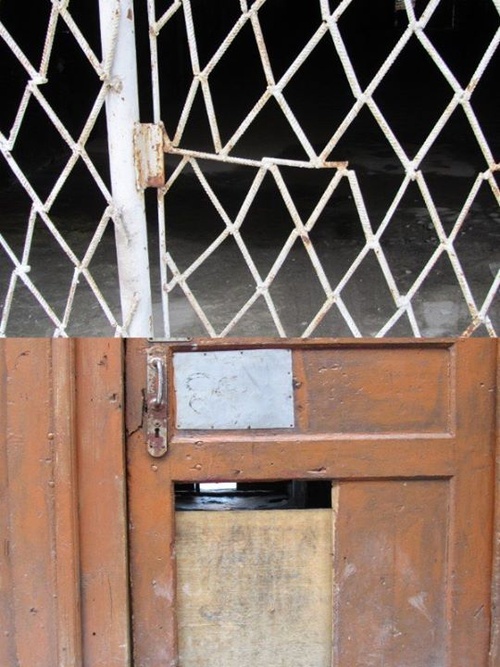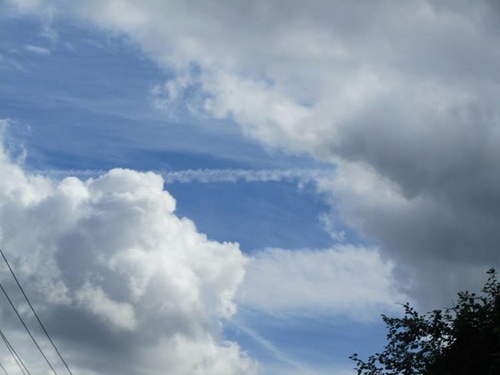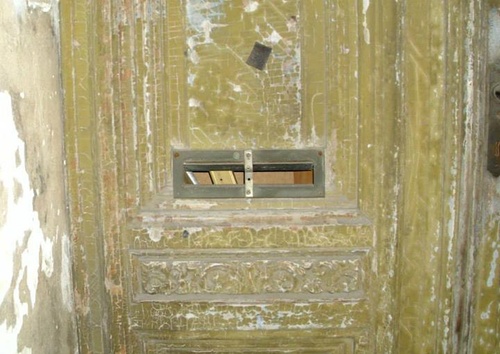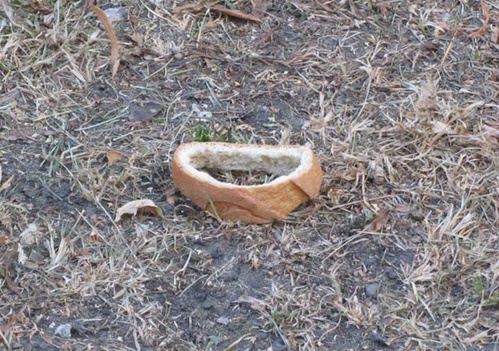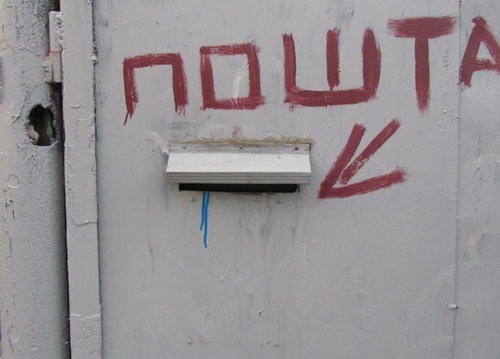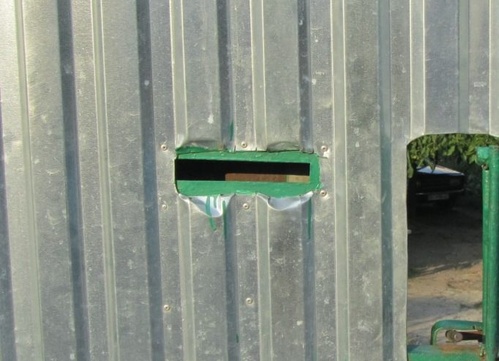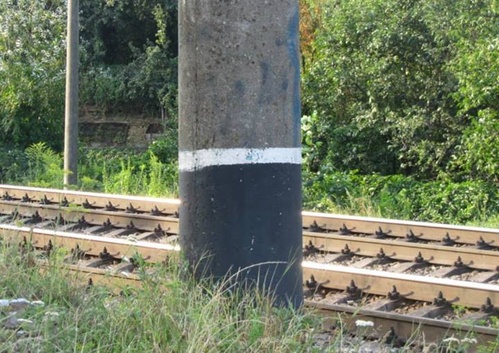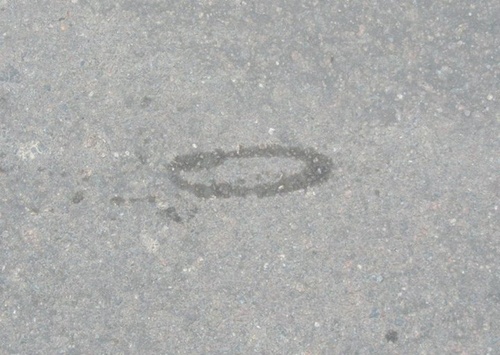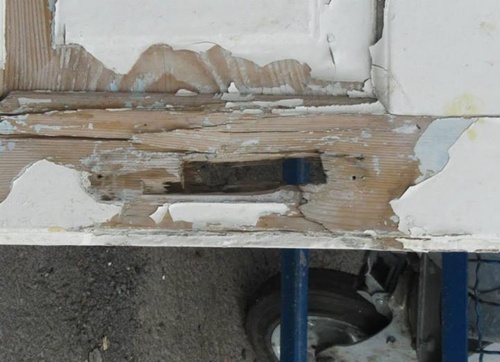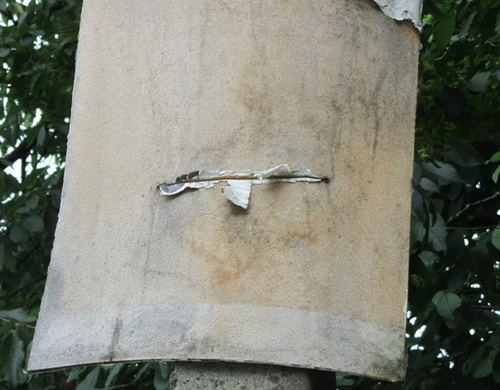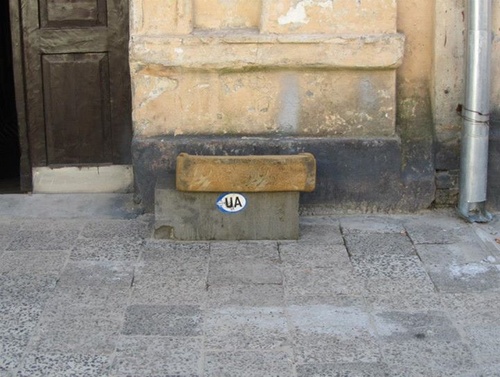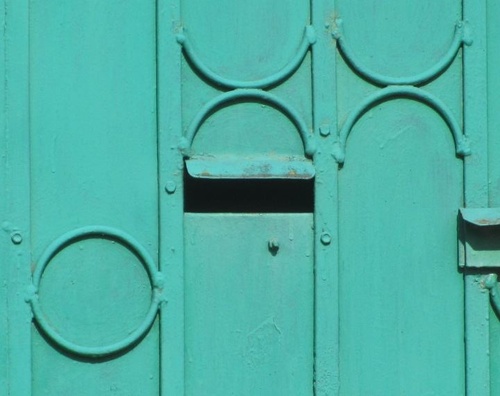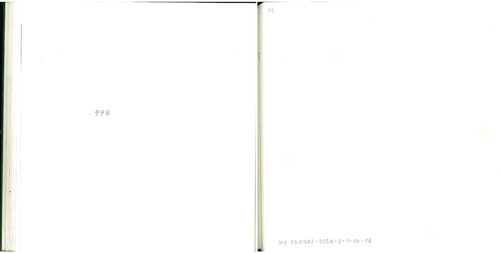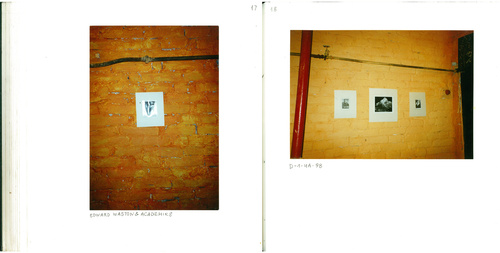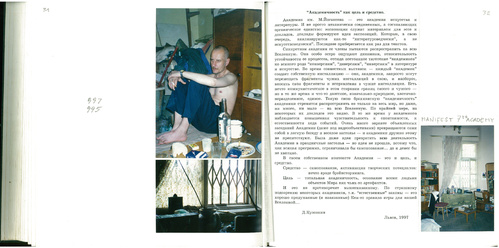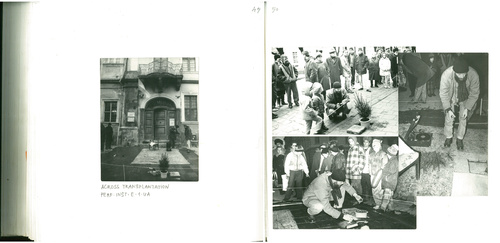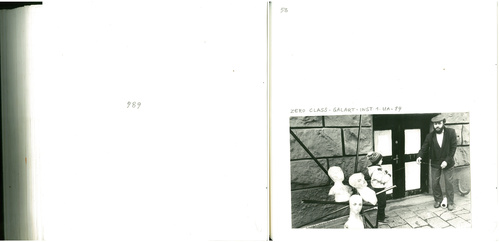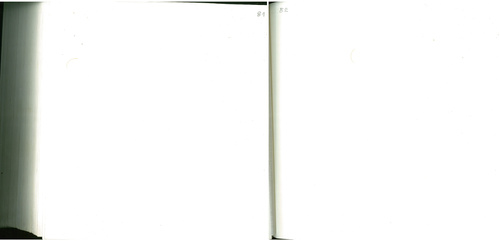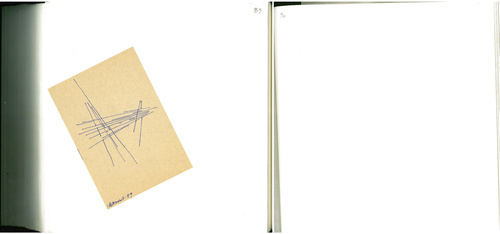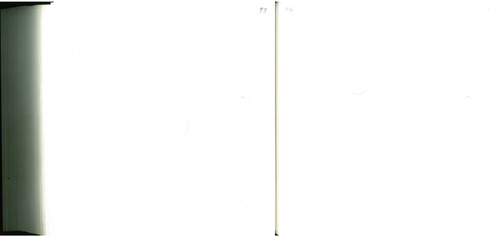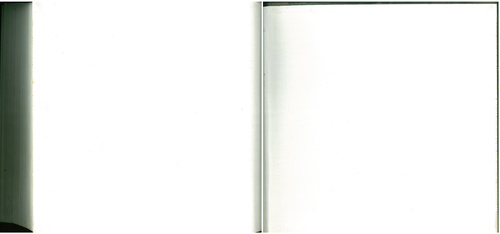There will be no exaggeration to assert that a fundamental “adhesive substance” of contemporary Western Ukrainian artistic community is a continuous active communication between its participants while a close circle of interactions with colleagues-associates-friends often is an only organic ground to present art ideas and works. As Lyudmyla Voropaj says in a project glossary “The Impossible Community”: “In everyday use communication usually means a process of free exchange of verbal, visual and another information between two and more subjects. […] “To communicate” in a meaning of “to make common” has its origin in a Latin verb communicare and assumes certain, conditionally speaking, substance that is being made common in the act of communication […]”.[1] So the language becomes not only an instrument of expression, but a mutual space of creation as well as a democratic art medium that gives an opportunity to work on a quality art product without technical, financial and institutional support – first of all because of eloquence, literacy and polygraphic capabilities. Experimental poetry, published in large editions and unique samvydav (self-publishing), textual compositions and situational live performances – similar projects that “thematize” a language and imitate other genres of cultural production can be found in portfolios of many Lviv and Uzhhorod authors.
Maybe the most significant person in this context is Lviv resident Lyubomyr Tymkiv – “a Renaissance man”, as Stas Turina humorously calls him. Besides his art works, practices as a restorer and curating a garage gallery tymutopiyapres, Tymkiv writes poetry, is engaged in asemic (wordless) writing, periodically comes out as an independent publisher and self-publishes small books of his own poetry and his friends' works, also he is published in similar collections of foreign artists who he has been corresponding with and exchanging mail-art for ages. Tymkiv's last book – a small, but eccentrically printed compilation of Stanislav Turina's experimental poetry “Cover”. Its quote (“36 shots in the form of bright blue balloons that open up in the skies into splendid green-violet peonies”) became a next exhibition title within “Open Аrchive”.
Longing for a “printed word” reveals itself in a production of hand-made art books that exist in one or two copies and are carefully kept by authors in their home archives. Sometimes they “come out” to a wider audience and are self-published as a limited edition, mostly to be distributed among friends. Vadym Harabaruk and Andrij Stegura are pioneers of contemporary Zakarpattia samvydav (self-publishing). In 1989 they created first 10 copies of hand-written art magazine “Ya1”. In 1996 and 1998 next two issues were published in a limited edition, and new authors from “Poptrans” also made their contributions. For the last ones the language in general and Zakarpattia dialect as a cultural phenomenon in particular, became one of many projects' main motives including pictorial ones. Marsel Onysko and Robert Saller's mutual art series “Carpathian album” demonstrates covers of non-existent records of local non-existent music bands with pompous (and obscure) names whose style neatly corresponds with unwritten laws of pop industry. Interpretation of all exotic words on covers can be found in a glossary which is added to the project with stereotypical reviews of a typical music critic what intensifies plausibility of paintings-covers and their authors' ironic mood.
Another noticeable line is Russian-language textual practice (Yurij Sokolov, Ne_Dva) whose roots are concerned with a Russian literary tradition and a certain connection with a Moscow conceptual stage of 1980-1990s as in Yurij Sokolov's case. Perhaps, naming the 7th Lviv Academy of Arts and Literature, which was “established” by Yurij Sokolov and Dmytro Kuzovkin in 1995, after Mike Johansen is a bright evidence of special relations to the history of literature. As it might be expected, such ephemeral institution had its own periodical - “The Academy Journal”. However, the only copies of its various issues were rather usual variations of Sokolov and Kuzovkin's joint creative work. In this case “An interview with myself” written by Yurij Sokolov in 1990s according to all rules of art-journalism with its questions-about-nothing (“What place does eclecticism take in your works?”) and diffuse answers can be boldly considered as the summit of playing with a publicistic genre.
Are all previously mentioned examples independent pieces of art? Maybe there are some exceptions. But no doubt, all these texts, dialogues, poetry, papers and numerous documentation of vivid life of two cities (see #creating communities) in the best way record acts of communication between their cultural heroes and through them this perpetual communication arises as a phenomenon with absolute artistic value. Thinking upon communicative practices in a world context, Lyudmyla Voropaj notices that a core of any art event becomes less important than created situation of communication between an artist and spectators and then among spectators, therefore it is not so important to create a special art object anymore. Instead, it is enough for the artist to “present publicly his own Dasein as it is, consciously or not playing his role as a communicator (or “commutator”) that builds a communicative field”. [3]
1. Glossary. Viktor Miziano's project catalogue “The Impossible Society”, p.51: http://www.ic.mmoma.ru/catalogue/
2. Mike Johansen – a famous Ukrainian poet of a period of so called “Executed Renaissance”, lived in Kharkiv and wrote in 1920-1930s exceptionally in Ukrainian.
3. Glossary, p.52


